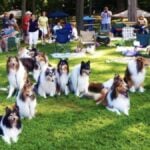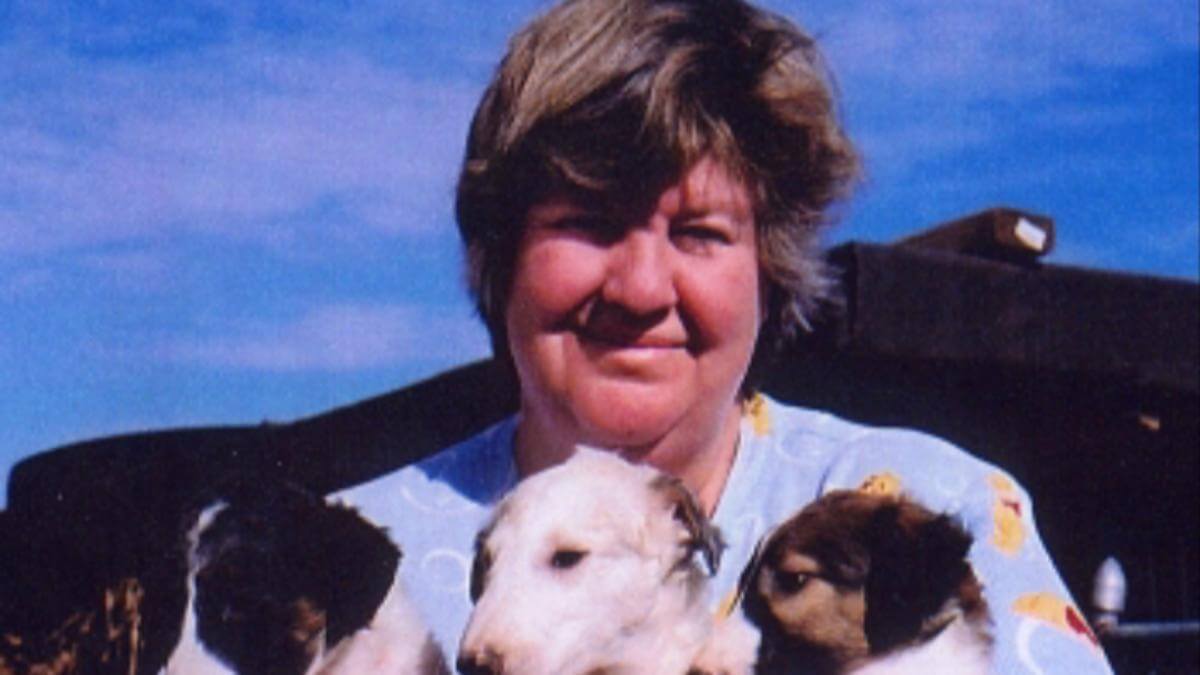
Home » Amy Sorbie | Kyrov Borzoi

Amy Sorbie
1. I’m from, and live in, Colorado, and have been in dogs for 45 years. I have been breeding for 35 years and have also been a licensed Breeder-Judge for over 20 years. My kennel name is Kyrov Borzoi.
2. Hallmarks of Borzoi are their incredibly powerful strength and structure enabling a double suspension gallop combined with unmistakable elegance, flowing lines, and aristocratic stature. Of course, the unique, long, narrow, well-filled head, dark expressive eyes, and small ears are key to our breed type. Borzoi were bred by the Russian nobility for their grace and skill, and the pageantry of their favorite outing, the wolf hunt. Borzoi should never be common or pedestrian. They should take your breath away with their impressive strength and exquisite beauty. All these things are vitally important for Borzoi to be able to do that for which he/she was bred.
3. Yes, there are enough puppy homes. However, Borzoi often have large litters, and they are not high on the popularity list. Litters should always be well thought out and marketing should be ongoing.
4. I have been happy with the advances in health and genetic testing, and I test all my breeding stock. Also, marketing and information has moved from face to face and word of mouth to Internet and social media. This is good for some things, but not so good
for others.
5. I think the perception is getting a bit better with preservation vocabulary. A few years ago, sadly, “breeder” almost seemed to be a dirty word to many in the general public. I feel that is no longer the case.
6. My biggest concern is that breeders are no longer breeding. Many of my friends are older and have slowed down, or stopped breeding altogether. Municipal limits for how many dogs you can own/house also restricts breeding activity.
7. AKC’s addition of the National Owner-Handled Series (NOHS) and Grand Championships are a good thing that has helped maintain participation in dog shows.